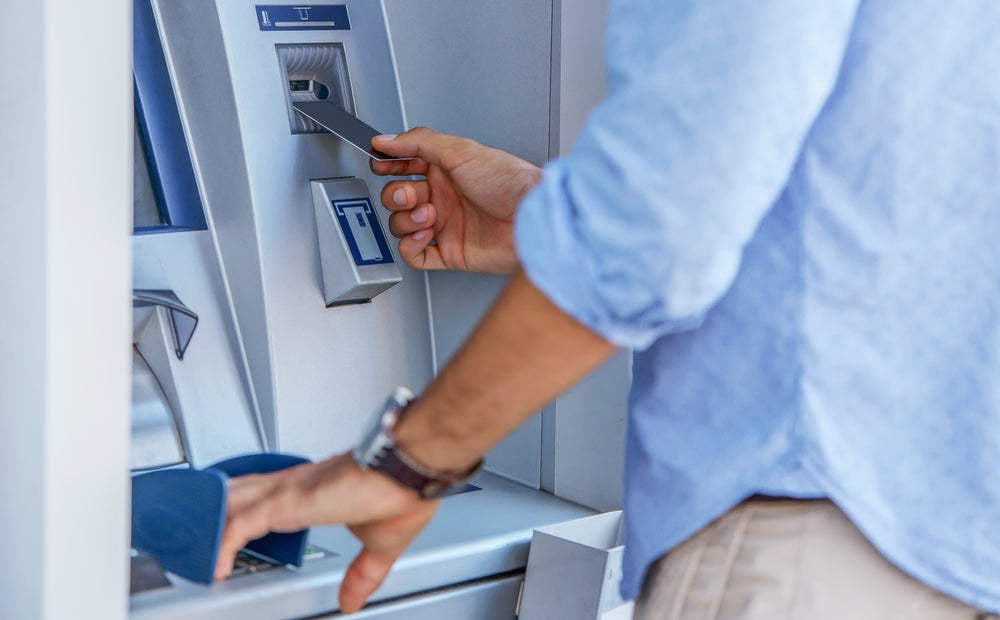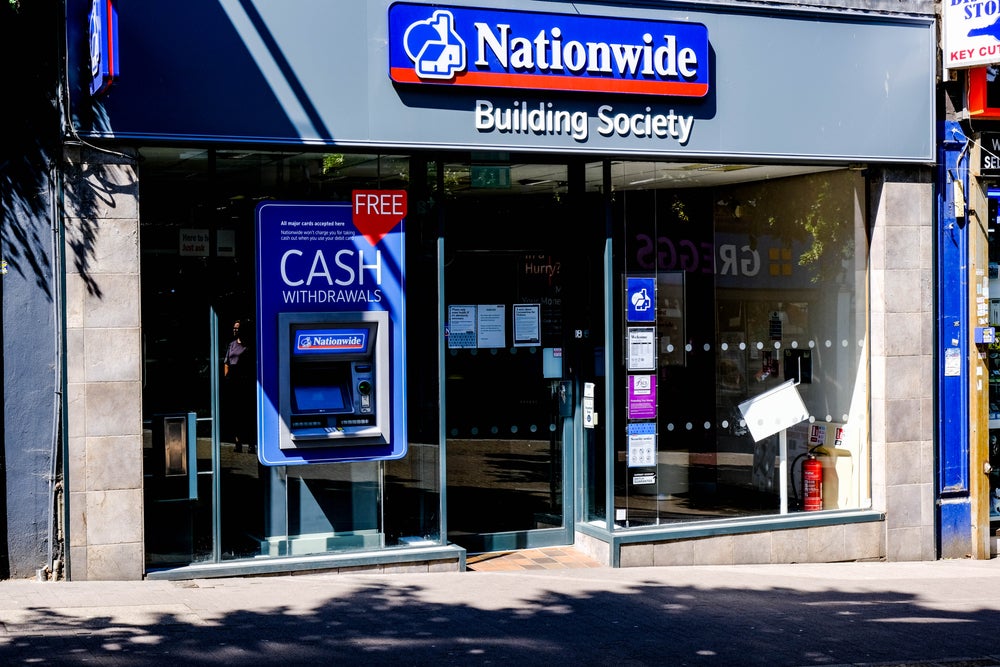The way we pay is increasingly digital, but one trend coming to the UK will make a noticeable change to the physical high street – contactless ATMs.
Contactless ATMs are already popular in Europe, and payments experts predict they will take off in the UK over the coming year. So much so that major card schemes are making it mandatory for all cards to be contactless enabled.
Cash is still key, especially during a cost-of-living crisis, when many use it as a budgeting tool. Meanwhile, more of us are only carrying virtual cards on our mobiles.
David Griffiths, Product Manager of Cards, Solaris tells RBI why the growth contactless ATMs is to be welcomed.
RBI: Why is now the time for contactless ATMs to take off in the UK-I have been hearing that forecast now for some time?
David Griffiths:
How well do you really know your competitors?
Access the most comprehensive Company Profiles on the market, powered by GlobalData. Save hours of research. Gain competitive edge.

Thank you!
Your download email will arrive shortly
Not ready to buy yet? Download a free sample
We are confident about the unique quality of our Company Profiles. However, we want you to make the most beneficial decision for your business, so we offer a free sample that you can download by submitting the below form
By GlobalDataThere are 52,258 cash machines in the UK, of which about 8,400 – or 16% – support contactless withdrawals, meaning this technology is already well-established.
But your question is getting at why we might see significant growth in these numbers in the coming years. Contrary to a lot of the current popular opinion, I believe cash is going to remain an important part of our payment systems. Cash is vital for financial inclusion and personal privacy.
Contactless payments have seen a boost in recent years due to the pandemic and heightened concerns over hygiene. On top of this, Apple, Google, and Samsung have been expanding coverage and functionality of their own digital wallet apps, meaning that many of us now have reached a point where we no longer carry cards everywhere.
Given that cash isn’t likely to be going anywhere for the foreseeable future, and given that fewer people are carrying cards, it’s not unreasonable to expect ATMs to work with mobile wallets. Contactless acceptance is a natural consequence of ATM evolution.
RBI: The UK has tended to be one of the less innovative European markets in terms of what consumers can transact at ATMs. Is there any evidence that this may change?
David Griffiths: It’s true that Europe is ahead in terms of contactless ATM adoption, but this may have something to do with the size and age of the UK ATM estate. There is no doubt, however, that the UK is catching up.
UK lawmakers are picking up on the reality that access to hard currency should be a fundamental right for citizens. The Financial Services and Markets Bill is pressing banks to protect local access to cash across the UK, and as the Bill makes its way through parliament, it has put cash back in the spotlight. The banks are now likely to take an extended look at how today’s customers want to transact.
The demand for places where people can withdraw, or deposit cash is not going away anytime soon. I can see a future where banks and other financial institutions are jointly funding local financial hubs where people and local firms can conduct their business – with contactless technology likely to be a feature of these.
The Post Office, along with the Link network has developed a set of transaction capabilities that can facilitate this type of operation, so that a single cashier or machine could provide access to services from all the UK banks.
RBI: Which countries are leading the way in adopting contactless ATMs?
David Griffiths: I don’t think that adding contactless capabilities to ATMs provides any significant level of competitive advantage, and it also requires a physical upgrade that needs an engineering visit. Even so, the contactless upgrade is inevitable and will be incorporated into existing maintenance schedules.
Interestingly, the availability of contactless ATMs is essentially a prerequisite for the widespread adoption of virtual cards: cards that exist only in mobile wallets. Is it ironic that predicting the imminent extinction of physical plastic cards is ultimately dependent on accepting the need for more access to cash? I think that might be worthy of further consideration.
Perhaps the question shouldn’t be one of asking which country is leading the way in adopting contactless ATMs, perhaps the question should really be asking which countries are leading the transition from physical cards to their virtual equivalents.
I think that there is a lot of potential value to be derived from new and innovative financial services developed around virtual card use cases, and cash will play its part.
RBI: And lessons for the UK to learn from other markets following their roll out?
David Griffiths: The rollouts will go largely unnoticed as adding contactless capability to an ATM doesn’t really provide any additional services.
Consumers follow convenience, there is convenience in cards and phones, and there is convenience in cash, but the choice is not binary. Consumers should not need to be choosing one over the other.
RBI: What are the security implications to highlight from deploying contactless ATMs?
David Griffiths: The transactional mechanisms that support and allow contactless payment technology to work are the same mechanisms that allow contact payment technology to work. These technology and security mechanisms haven’t been changed, so there are no additional threats. The card or phone must be present to initiate the withdrawal, and the same cryptographic processes are used, with the same cryptographic strength, and the PIN is always required.
There are some subtle differences, but they exist in the background. Given the card isn’t inserted into the slot, the “conversation” between contactless card or phone and ATM takes place in a single exchange, but in all cases, the same process logic and security are deployed.
The contactless card or mobile phone will be tapped against the contactless reader on the ATM, and the ATM will respond in the same way as it would if a card had been inserted. It will ask how much you want, and it will ask you to enter your PIN.






